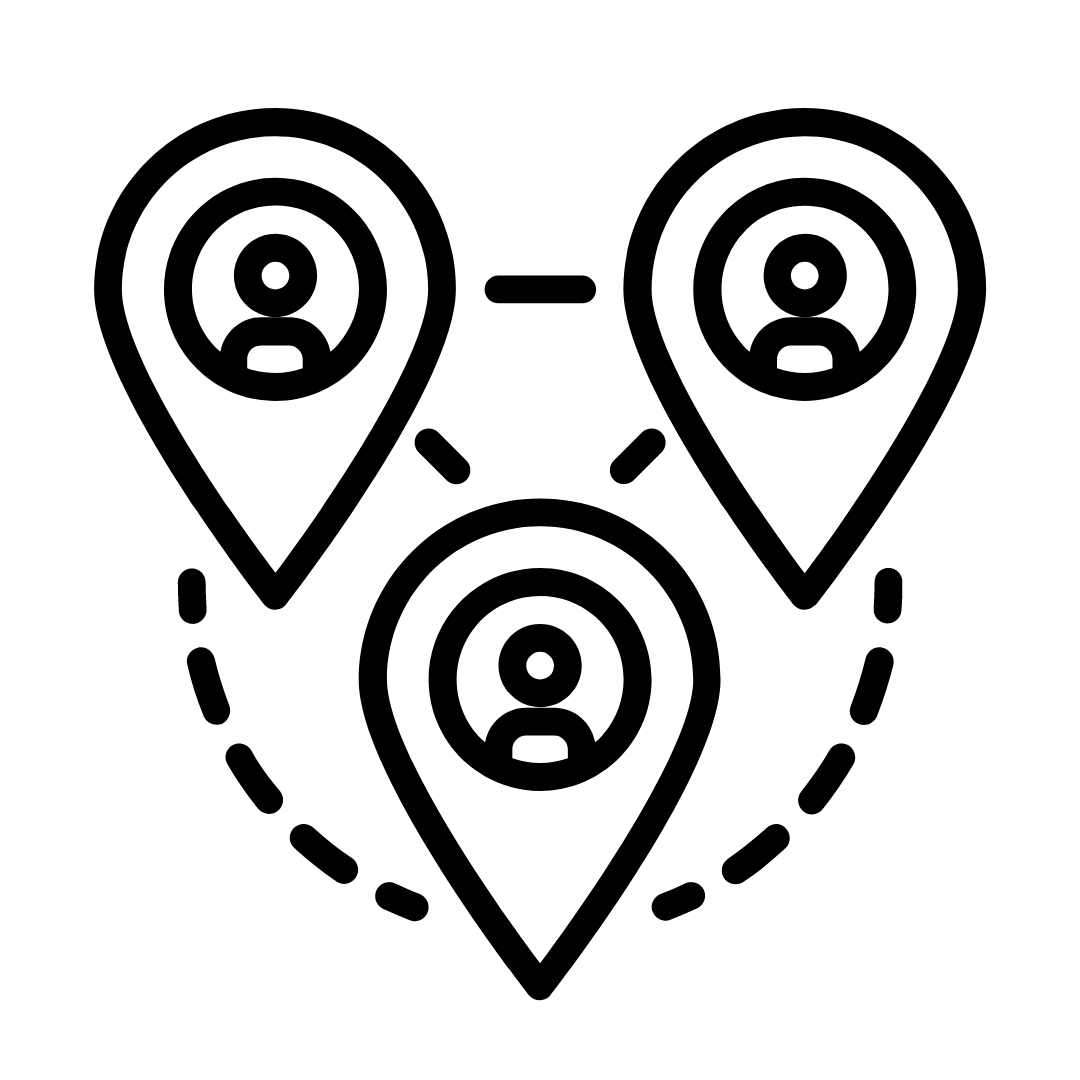Managing Productivity In A Remote Workforce
What kind of technology do companies leverage to manage productivity in a remote workforce?
We found that many firms have let go of misconceptions and concerns regarding remote work within their companies, and most were open to having exclusively remote workers in the future. We also found that empathy driven responses have been key in order to build morale and loyalty for employees, and maintain and increase productivity. While presenting many challenges, this moment in time has opened countless doors for firms globally, and may well be the beginning of a new era of work.
In this blog, part three of our Best Practices during COVID-19 series, we’ll speak about managing productivity in an entirely remote workforce. Many companies have been using some kind of software to manage both individual employee and team productivity. One company in particular was making use of an existing software system they had in place to assign tasks and monitor progress. Remote or not - each day, employees were assigned tasks and when they had completed them, they uploaded it and logged it onto the app. This company was also allowing flexible working through the day, as some employees preferred to work in the evenings when internet speeds were faster or had children to care for during school hours. As long as tasks were completed by the following day, work could be done whenever it was most convenient.
Not all have been able to leverage their existing systems into a remote setting, however. One firm was struggling with managing productivity in a useful way- they had an existing software system that monitored all of the work employees did on their desktops. This particular system fell short at this time of remote work, as a good chunk of work is being done on mobile devices and on personal laptops. This is especially true for employees juggling work and other responsibilities and those whose positions require extensive collaboration with team members that normally takes place in person, and now results in many calls per day. While some metrics are better than none when it comes to managing the workforce and the work, companies need to ensure that they are fairly judging employees on work and productivity. Especially when it comes to a moment like this one. Women have been disproportionately taking on childcare, homeschool, housework, and elder care responsibilities during the pandemic, which may mean less time sitting at a desktop, but not less time working. Companies need to ensure that they are not unfairly judging or acting upon data relating to productivity.
Largely- productivity has fluctuated during the pandemic. One company noted, “Our productivity hasn’t been impacted by more than 10% because our tech teams have worked relentlessly to set business continuity processes. We’ve always had them as a good discipline measure- so it didn’t take us too much time to get everyone home. Obviously we’ve never had every single employee home at the same time, but most already had the capacity to do so.” Having the ability to work from home prior to this pandemic has enabled companies to continue without much of a productivity drop and allowed for a much more seamless transition for employees.
Most companies we spoke to reported that in their first week or two of remote work, productivity fell, but now, nearly two months out from initial lockdowns, productivity is higher than ever. One company noted that in the large, crowded city they live in, most employees endure at least an hour of traffic each way to get to work. With two hours back in their day, they were getting more done than ever and suggesting that when lockdowns end, they should keep the ability to work from home. In addition to removing commute times, nearly all other distractions have gone as well. Globally, there are no restaurants to go to, no plans with friends, no activities to drop off kids at, no movies to go see. While employees are likely juggling new stresses and responsibilities, for so many, work is the most noteworthy thing in their lives right now, many employees have expressed a renewed interest in their jobs. In addition to a lack of other distractions, in companies that have done a good job supporting workers and reaching out, employees likely feel grateful to still be employed and excited to support the company and its cause.
Managing employees remotely proves to be a difficult, loaded task. Some companies have found that their existing systems translated well to a remote workforce, and others found deep inadequacies in theirs. With children home, relatives home, and the burden of housework on so many employees, work looks different these days. Companies have made concessions on when and how work gets done, and most have seen increases in productivity after a few weeks of lockdown. Employees have expressed a desire to maintain this flexibility even when companies go back to work in their offices. It’s opened new doors and possibilities for many, especially for women. COVID-19 work practices may very well mark the beginning of a new era of flexible work.
Privacy Policy Terms Of Use




